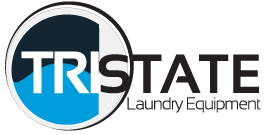What can you do to avoid a pipe-freezing incident? Below are a few suggestions.
- We’ve talked about the importance of insulation as it relates to reducing energy waste and improving efficiency. But insulating pipes to protect them from the elements is another great reason to invest in insulation. Be sure to wrap all exposed pipes with insulation or fitted sleeves, making sure there are no gaps in the coverage. If you aren’t sure exactly what you need, then consult a local plumber or even your area box store.
- Process water chiller piping is susceptible to freezing because the condenser is located outside. Use Propylene Glycol antifreeze up to a 20% maximum mixture with water (anything more than 20% is ineffective), when temperatures are going to drop down in the 20’s.
- If temperatures are going to drop down into the teens or below, run the chiller circulating pump overnight. While this will cause your energy bill to creep up, it is far less expensive than the damage that a freezing pipe will cause to the chiller’s heat exchanger.
- To prevent a boiler room from freezing up, put a small no-vent gas heater on the wall just to provide enough heat for the boiler room alone to protect its water piping. The plant’s interior typically contains enough heat from the day’s production to prevent any process pipe freeze ups.
- Finally, if production will be down for more than a day, run your boiler on low fire, and depending on your location, you might want to use the small wall-mounted heater in the boiler room as well. I have seen boiler pumps freeze up even when the boiler is running.
If you have any questions about freezing pipes, please feel free to give us a call at 336-992-5218. We are always here to help.








